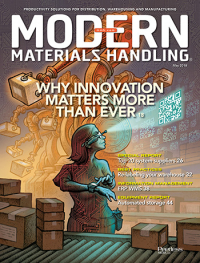Warehouse Basics: Automated Storage Systems Embrace New Roles
Distribution and fulfillment applications are looking to automated storage to do what it does best—plus a little bit more.
Latest Material Handling News
Walmart chooses Swisslog AS/RS and software for third milk processing facility Steele Solutions showcases advanced structural steel platforms and materials handling chutes HWArobotics delivers advanced AS/RS technology to e-commerce specialist Darwynn Frazier shows Pallet Spacing System and Method Steel King Industries announces strategic collaboration with Automha Americas More StorageAt this point, it’s clear that automation will continue to permeate materials handling as warehousing and distribution operations reshape themselves to meet unprecedented demands.
Familiar and previously specialized technologies have been adapted to suit a broader range of applications, bringing the capabilities of large and expensive automated systems to smaller operations.
As inventory engines, automated storage and retrieval systems (AS/RS) are among the most potentially transformative systems.
They stand at the center of many goods-to-person methodologies buffering and sequencing strategies and the overarching need for accuracy, density and speed.
High school, technical school and college graduates will play an important role in shaping what comes next. In the meantime, the expert insights in this article are a small sampling of the wealth of opportunities in this space.
“A high school grad needs to walk into this with eyes wide open,” says Tim Archer, training manager in the Americas for Kardex Remstar. “They’re going to see a wide variety of storage methods, everything from cabinets to standard rack, to shelving, to flow rack. Businesses from small to large are not always ready to jump into automation.
“Newcomers to this business should look at where they are in the process. Do you have a good pick rate? An accurate pick rate? Labor strain or injury issues? Automation tends to grow organically from those starting points.”
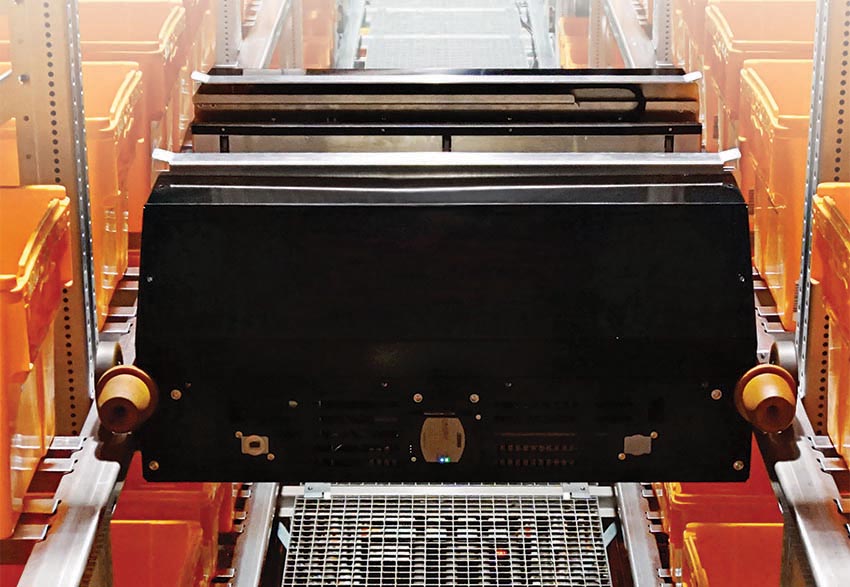
Shuttles and mini-load AS/RS systems are experiencing growth in light of increased interest in goods-to-person methodologies.
To pallet, case and each their own
Every company will approach automation differently and, perhaps not surprisingly, it is the smaller organizations that stand to benefit the most from currently available solutions. According to Rick Graff, product manager for Honeywell Intelligrated, an operation with manual picking from ground-level storage can easily justify automation.
“On the other hand, a big box DC where they’re trying to eke out a percent or two of performance over a two-year old system, they’re leaning into the wind,” Graff says. “Or, they’re using the Internet of Things to collect mountains of data and categorize it in a way that makes sense to find areas of improvement.”
For newcomers, the process of marrying the right AS/RS to business objectives doesn’t require mountains of data, but it’s not a molehill either.
“The ultimate goal is to get the right item to the customer in the right quantity, so if you are strategic with that goal and work backward, the technology selection starts to become obvious,” says Bill Grey, executive sales manager of the automated systems division for SSI Schaefer Systems International.
“That said, it’s not as easy as it sounds. A lot of people struggle when they don’t know the numbers. How many orders do we ship? How fast? Can we spread the workload across the day instead of scrambling before the shipping window closes?”
First, Grey says it’s important to define load units, whether pallets, layers, cases or eaches. Will the AS/RS feed a production line in manufacturing, or is it in a DC that brings in full pallets and repackages them as mixed case pallets? Are you looking to simply store goods, or store before turning them into something else?
Next is determining the rate at which you need to store and retrieve. Grey estimates automation might not be ideal at less than 50 pallets per hour in and out.
Assuming a system will handle single-SKU pallets, how many SKUs? Do SKUs have expiration dates? Must they remain in first-in, first-out (FIFO) sequence? Do you need high selectivity, meaning storage is configured to enable access to individual pallets? Or, do you store a lot of the same thing and rotation isn’t as critical, in which case you can achieve greater density?
Then you must consider the physical constraints of the new or existing facility. If new, it might make sense to build a very tall AS/RS crane to maximize the use of vertical space. Grey says cranes can reach heights of 130 feet standard, and as much as 150 feet in some conditions.
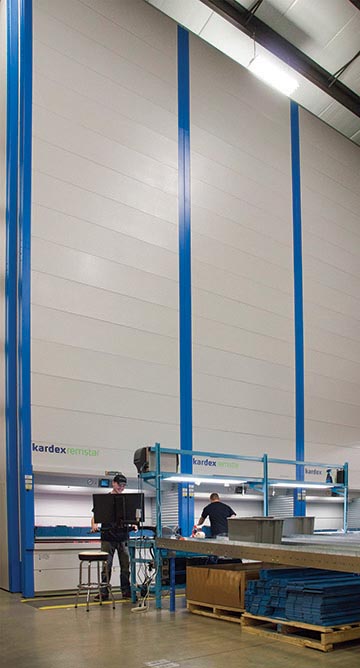 Cranes are characterized by a single load handling mechanism per aisle. Cranes that handle pallets (unit loads) might be able to handle one, two or multiple pallets at a time, typically at a limit of about 3,300 pounds.
Cranes are characterized by a single load handling mechanism per aisle. Cranes that handle pallets (unit loads) might be able to handle one, two or multiple pallets at a time, typically at a limit of about 3,300 pounds.
Cranes can also be designed to handle totes, trays and/or cartons (mini-load), which are limited to about 75 pounds. Both unit load and mini-load systems can access any storage location in the aisle and present goods at one or both ends of the aisle. Grey offers a conservative estimate that cranes can execute 25 double cycles (store/retrieve) per hour.
Applications with low SKU counts are more likely to store product multiple-deep in a given location, or lane. This boosts density, but places limits on throughput; it’s quicker to access a five-deep lane than one 25-deep.
For, say, 20,000 pallets of only 200 SKUs, Grey says shuttles are a good supplement to such a system. Instead of a fork-type telescoping load handling unit, the crane can be fitted with a bed or chassis for a shuttle. The shuttle can then leave the confines of the crane to travel down a lane.
Grey says it is increasingly common for facilities to use both unit load and mini-load systems.
“We are seeing more combination systems, but there is still a large need for pallet AS/RS since it’s still the most efficient way to move goods. Even though the growth in e-commerce means more SKUs are eventually broken down into eaches, the initial unit is still a pallet.”
As automated storage supports ever-smaller orders and storage quantities, Graff predicts another wave of shuttle technology.
“There are already some shuttles that have become even smaller in size, handling pharmaceutical or other small items. I expect those solutions will trickle into the distribution and order fulfillment space, where they can now downsize one more time to half the space and twice the SKUs. If that trend takes hold, we might see another step in shuttle evolution.”
Software and solutions
In terms of both equipment design and software, the evolution of AS/RS solutions has rapidly accelerated in recent years, Graff says.
“Technology is advancing faster than it ever has in materials handling, and especially in storage and retrieval,” he says. “The big driver we see now is software creativity, and the more creative the software folks get the more creative the hardware folks have to get. Everyone is trying to get faster and more accurate deliveries, all of that trickles through to equipment, and it’s all disruptive and causes chaos. You think you’re building for the future, but by the time you get a system designed to achieve two-day shipping, someone says you now need one-day.”
The pressure for speed and precision means software has to efficiently coordinate resources from equipment to labor to storage space. Software providers are now focused on timing, Graff says. If an order should be sitting at the shipping door at 2:56 for a truck leaving at 3:07, the software must work backwards from that point to determine the optimal time to launch the order. If it gets to the dock too early, it’s in the way. If too late, it misses the truck.
“You want to shrink the amount of time an order needs by requiring fewer steps or less distance, which also reduces the potential for problems along the way,” Graff explains.
“If you’re trying to push more through a building, the first thing to cut is anybody’s buffer. The guy at the dock used to have a buffer pallet for anything that came early. To take that real estate back, the software has to be that much smarter.”
An AS/RS supporting shipping can provide case buffer capabilities and bring out cases and orders in a specific sequence to build a rainbow pallet or floor load trailers in route-stop sequence. But again, the software must have a holistic view upstream and downstream of the AS/RS.
Graff says:
“The software piece wants known entities coming in, and to produce known entities. The trick is no issues, no problems and everything on time. Obviously nothing will ever be 100%, so you must decide how you handle exceptions in a manner that doesn’t disrupt any other processes.”
Core business case for AS/RS: The three Cs
Control inventory:
Strategic location management, tracking, LIFO (last-in, first-out), FIFO (first-in, first-out), FEFO (first-expired, first-out) rotation, speed, controlled access, accuracy, track and trace, cold chain and temperature control.
Compact footprint:
High density, less space, accommodate more SKUs, energy savings, reduced building and land costs.
Cost containment:
Less labor, reduced warehouse staff and worker compensation claims, improved safety, less product damage,
Growing applications for AS/RS include:
- goods-to-person engine
- order consolidation
- automatic pick face replenishment
- feed palletizing
AS/RS in new roles
In this dynamic business climate, exceptions are increasingly becoming the rule. In addition to the conventional storage role for AS/RS, there’s a growing range of applications that leverage AS/RS functionality to address contemporary challenges. Ken Ruehrdanz, manager of the distribution systems market for Dematic North America, says the business case for automation is changing.
“The goods-to-person (G2P) trend has really created a need for an inventory storage engine that can feed these G2P stations accurately and at the right time, volume and speed needed to keep those stations busy. “The largest and most significant trend is using AS/RS as an engine to fulfill.”
Ruehrdanz says order consolidation is another growing application. As orders are built in boxes or totes or what have you, an AS/RS is ideal for both consolidation and buffering before sequenced release to outbound trucks.
“This is a new trend, but it’s being embraced and accepted, especially in food and beverage and e-commerce. “Previously, you’d have accumulation conveyor or just manually stacked goods at the shipping dock, which is messy and labor-intensive.”
The practice of using an AS/RS to automatically replenish pick faces is also on the rise, Ruehrdanz says. For both pallets and cases, manually traveling to reserve storage and replenishing forward pick faces consumes time, space and labor, whether or not there are separate, dedicated aisles for picking and replenishment. Integrating automation with traditional manual picking often proves an effective, accurate solution.
“You can see why AS/RS started as basically a storage machine,” Ruehrdanz says.
“These new uses like consolidation, G2P and automated replenishment are not new, but they are breakout applications in terms of growth and implementations, especially since they’re all retrofittable into existing facilities. It’s not a matter of being driven just by a need for dense storage, for example. The trend is that automated storage is expanding and finding new applications because there are new roles.”
Companies mentioned in this article
View Automated Storage Related Products and Accessories
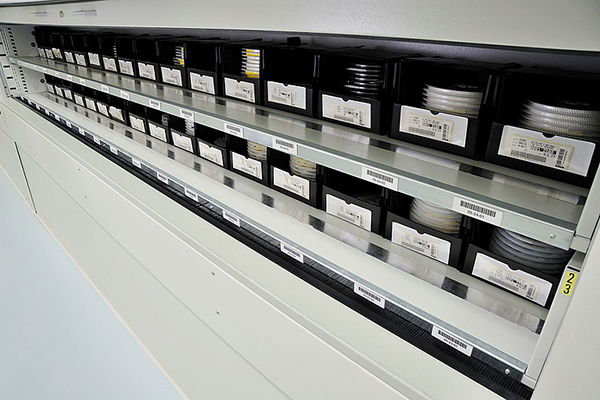 PowerPick Global Smartpick 5200 software
PowerPick Global Smartpick 5200 software
Software ideal for storage and tracking of electronic components in manufacturing.
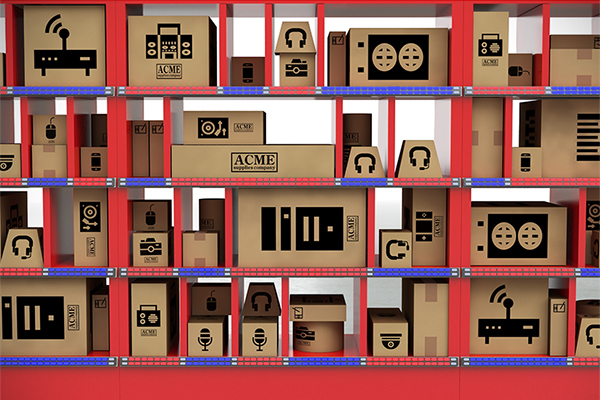 Configurable Put Wall Systems
Configurable Put Wall Systems
Put walls serve as points of demand consolidation to drive order fulfillment efficiencies.
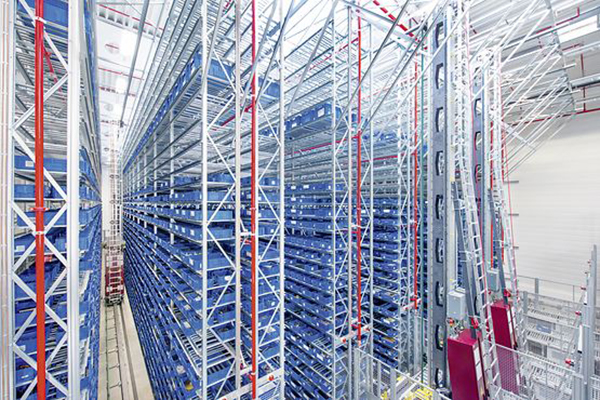 SMC 2 and SMC 2 XL twin-mast storage and retrieval machines
SMC 2 and SMC 2 XL twin-mast storage and retrieval machines
Mini-loads with closed lifting trolley.
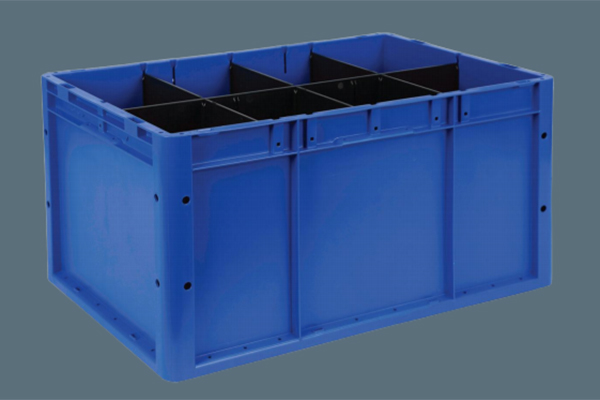 Eurotec straight wall container
Eurotec straight wall container
Straight wall containers engineered for AS/RS use.
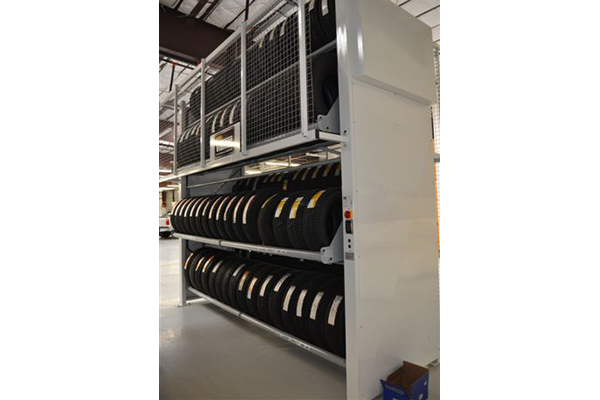
Store, retrieve tires up to 44 inches in diameter.
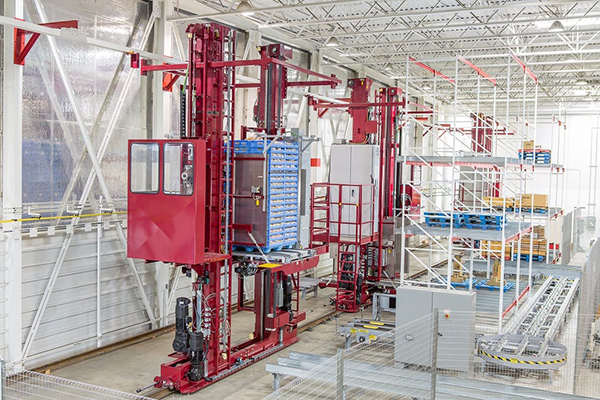 S/RM Storage and Retrieval Machine
S/RM Storage and Retrieval Machine
Upgrades enable easier, safer maintenance of storage and retrieval machine.

Article Topics
Storage News & Resources
Walmart chooses Swisslog AS/RS and software for third milk processing facility Steele Solutions showcases advanced structural steel platforms and materials handling chutes HWArobotics delivers advanced AS/RS technology to e-commerce specialist Darwynn Frazier shows Pallet Spacing System and Method Steel King Industries announces strategic collaboration with Automha Americas Kardex FulfillX for AutoStore can help businesses meet goals in under 6 months The Stow Group puts the spotlight on its Movu Robotics brand More StorageLatest in Materials Handling
The (Not So) Secret Weapons: How Key Cabinets and Asset Management Lockers Are Changing Supply Chain Operations MODEX C-Suite Interview with Harold Vanasse: The perfect blend of automation and sustainability Consultant and industry leader John M. Hill passes on at age 86 Registration open for Pack Expo International 2024 Walmart chooses Swisslog AS/RS and software for third milk processing facility NetLogistik partners with Vuzix subsidiary Moviynt to offer mobility solutions for warehouses Materials Handling Robotics: The new world of heterogeneous robotic integration More Materials HandlingAbout the Author
Subscribe to Materials Handling Magazine

Find out what the world's most innovative companies are doing to improve productivity in their plants and distribution centers.
Start your FREE subscription today.
April 2024 Modern Materials Handling

Latest Resources


